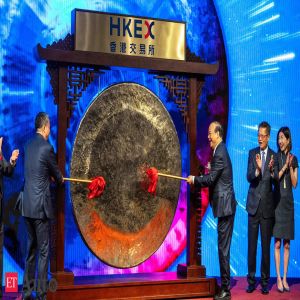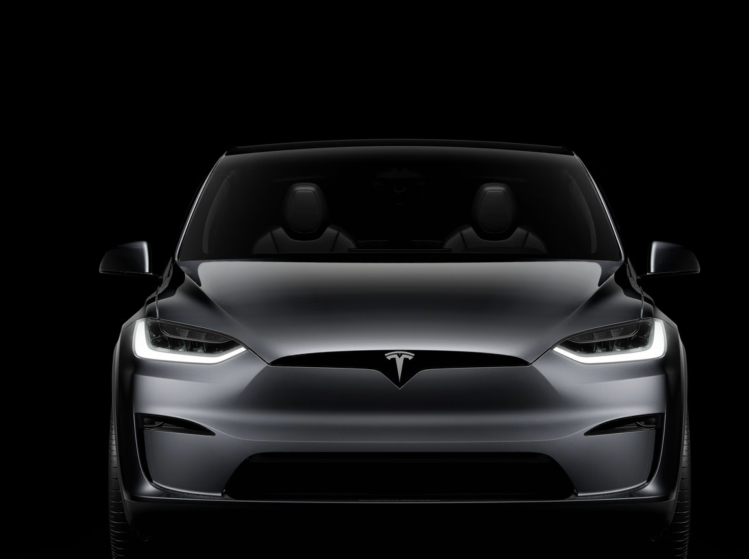Chile's
Codelcowill partner with global mining giant
Rio Tintofor its new Maricunga lithium project, the state miner said on Monday, bringing a major new player into the sector in the world's second-largest producer of the EV battery metal.
The partnership means Rio Tinto will break into a sector dominated for years in Chile by local miner SQM and U.S. rival Albemarle Corp, as it seeks to deepen its still-young push into the coveted "white gold" metal.
International miners, car makers and battery firms are eager to secure supply of lithium, an ultra-light metal needed to power the shift toward electric vehicles. South America's "lithium triangle" - in Chile, Argentina and Bolivia - has the world's largest trove of the metal.
Rio Tinto will contribute up to $900 million in the deal to extract lithium from the Maricunga project in northern Chile, which has yet to be mined but is home to one of the world's highest concentrations of lithium in brine.
Rio will take a 49.99per cent share in the venture. Codelco - the world's top copper producer, which Chile's government has tasked with spearheading the state's push into lithium - will control the rest.
Rio Tinto CEO Jakob Stausholm said the company aims to "bring significant investment" to the region.
He signaled opportunities to share infrastructure and minimize water use in tandem with the Nuevo Cobre copper exploration project in northern Chile that Rio already shares with Codelco.
The state's partnership with one of the world's biggest miners gives heft to Chile's vision of expanding its lithium industry, analysts said.
"This joint venture accelerates the country's strategic objective to reclaim leadership as the world's top lithium producer, while allowing Codelco to diversify its portfolio," said BTG Pactual analyst Cesar Perez.
The South American country was the world's top producer until 2017, when Australia moved into first place. Executives and analysts have criticized efforts to open the industry to further investment as slow and hampered by red tape.
RIO TINTO'S LITHIUM AMBITIONS
The deal will see Rio contribute $350 million when the deal closes - expected to be in the first quarter next year - $500 million when a final investment decision is made, and $50 million if commercial production is reached by the end of 2030.
"Rio has sought to accelerate building a South American lithium business from a starting position as a non-producer," J.P. Morgan said in a note, citing a $825 million deal for the Rincon lithium project in No. 4 producer Argentina in 2021.
Rio Tinto last year tacked on a $6.7 billion acquisition of U.S. company Arcadium, which has several Argentina projects.
"Rio's partnership with Codelco will expand its lithium footprint into Chile," said the J.P. Morgan note.
Daniel Jimenez, a lithium consultant at iLiMarkets in Chile, said Rio Tinto can provide both capital and know-how from the Argentina sites. For Rio, it cements a wider regional strategy.
"Through this partnership, Rio Tinto secures a competitive long-term position," Jimenez said.
NEW TECHNOLOGY
Codelco is also taking a stake in SQM's operations in the Atacama salt flat, which holds the world's highest concentration of lithium in brine. Just to the south, Maricunga ranks second.
Remaining questions include how soon the firms can ramp up direct lithium extraction (DLE), which is intended to be quicker and more environmentally friendly than traditional methods that rely on evaporation to separate lithium from the salty brine liquid.
Companies globally have struggled to pull off DLE at commercial scale, given technical complexities and the unique composition of each salt flat.
In an earlier document announcing the project to potential bidders, Codelco said it was evaluating DLE use as of 2033.
Codelco said the project attracted four binding offers, but did not name the other candidates.
(Reporting by Daina Beth Solomon; Editing by Adam Jourdan, David Evans and Rosalba O'Brien)





Comments (0)